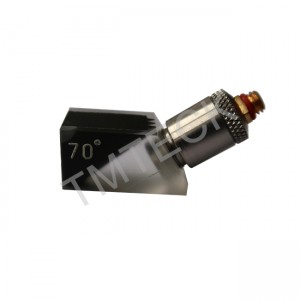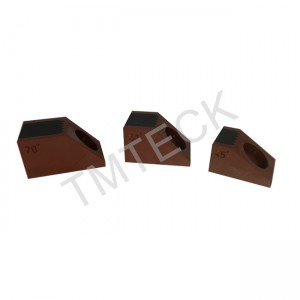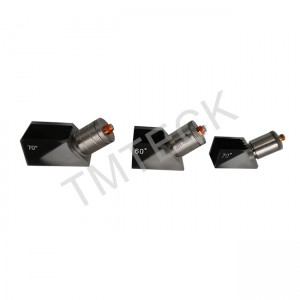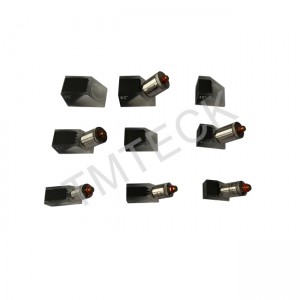A ultrasonic transducer that performs well in one application will not always produce the desired results in a different application. For example, sensitivity to small defects is proportional to the product of the efficiency of the transducer as a transmitter and a receiver. Resolution, the ability to locate defects near the surface or in close proximity in the material, requires a highly damped ultrasonic transducer.
Choosing the right frequency/diameter for your testing
Different frequencies of sound allow measurement of different materials, so when selecting a ultrasonic probe, the material type and therefore the frequency are the first consideration.
The frequency noted on a ultrasonic probe is the central or center frequency and depends primarily on the backing material. The central frequency will define the capabilities of a ultrasonic probe. Lower frequencies (0.5MHz-2.25MHz) provide greater energy and penetration in a material, while high frequency crystals (15.0MHz-25.0MHz) provide reduced penetration but greater sensitivity to small discontinuities. High frequency ultrasonic probes, when used with the proper instrumentation, can improve flaw resolution and thickness measurement capabilities dramatically.
Low frequency ultrasonic transducers have the highest power and can penetrate deeply into a material. Low frequency transducers are best materials that absorb sound like plastics or composites. A low frequency transducer increases the chance of getting a strong return echo and a good quality measurement on these materials.
High frequency ultrasonic transducers are ideal for precision measurement because the pulse they emit is highly focused, reducing the risk of return echos outside of the measurement area. The high frequency and shorter wavelength also lends itself well to measuring thin materials. A third advantage is that high frequency transducers reduce troublesome “surface noise” that can be present on some metals such as aluminum or titanium and can cause measurement error.
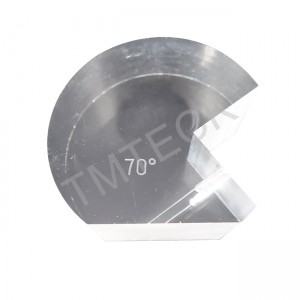 |
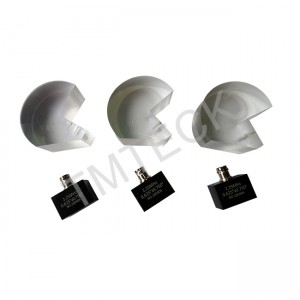 |
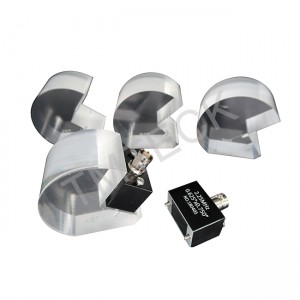 |
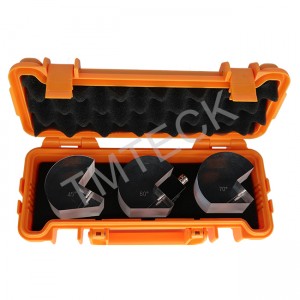 |
Larger diameter probes feature larger crystals which transmit and receive the sound wave. A large crystal transmitter will produce a more powerful sound wave and a larger receiving crystal will be more sensitive. As a result, larger ultrasonic transducers tend to have better penetration characteristics than the smaller types. If this extended range is not required, the smaller ultrasonic transducers can be placed more precisely and in hard to reach areas such as narrow grooves in a material. Smaller diameter transducers also couple more easily to curved surfaces so have applications in corrosion testing pipes and cylinders.
Post time: Apr-15-2021

